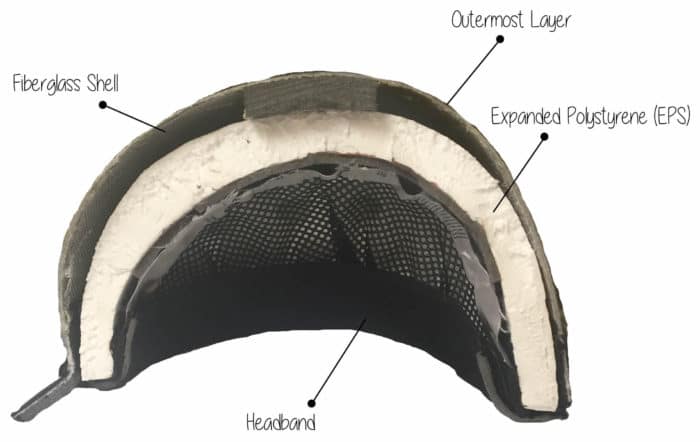How Is Your Horseback Riding Helmet Constructed?
It's no exaggeration to say that your riding helmet can literally save your life. It's designed to protect against traumatic brain injury (TBI) and even death. But have you ever thought about how your helmet is actually constructed and what purpose each part serves?
Dozens of technical materials and specialized components go into making a riding helmet, but there are four distinct protective layers.
Each plays a special role in protecting riders in specific types of accidents, both in the saddle and while handling horses.
The Cross Section of a Riding Helmet
This cut-through of a standard riding helmet reveals the four layers: the outermost layer, the shell, expanded polystyrene (EPS) and the internal headband.
Outer Layer
The first layer of your helmet is the area you can see and touch, also known as the finish.
But the helmet’s outermost layer isn’t purely for cosmetic reasons.
It has an important protective function in allowing the rider’s head to continue slipping across the ground’s surface during a fall. This continued movement helps disperse energy from an impact away from the brain.
Shell
This layer of the helmet provides initial protection against skull fracture.
The curved shell is able to spread the force of impact over a wider surface area before it reaches the EPS layer beneath.
Expanded polystyrene (EPS)
The thick EPS layer acts as a microscopic bubble wrap for the head. It is the key protection against bruising of the brain and concussion.
EPS is comprised of beads that burst when struck and are crucial in absorbing and dissipating energy from an impact.
This is why it is so important to replace your helmet after you’ve had any fall or even drop your helmet on a hard surface.
Once those energy-absorbing bubbles of air have burst, they cannot offer the same level of protection the next time.
Headband
This internal layer is the part of the riding helmet that moulds to your head as you wear it.
The headband (or liner) is made of comfort padding and sizing foam, and can often be replaced if needed. We interweave silver ions into the material to kill bacteria and reduce odors.
The helmet’s headband also mimics the scalp’s natural mechanism by allowing it to slip across the skull and minimize forces that induce brain shear.
Flexible peak
Peaks, especially wider peaks, can help protect your face and eyes from the sun(or rain!).
A rigid peak can lead to hyperextension of the neck vertebrae. Charles Owen helmets have carefully designed peaks which are flexible and remove this hazard.
In fact, our peaks are energy-absorbing and start to break your fall earlier, therefore reducing possible injury to the head.
Helmet peaks can also protect the eyes when riding through wooded areas with low-hanging branches.
Peaks are not used on skull caps to allow better vision when in a racing position.
Harness
Without a properly adjusted harness, a riding helmet can come off your head before it hits the ground.



